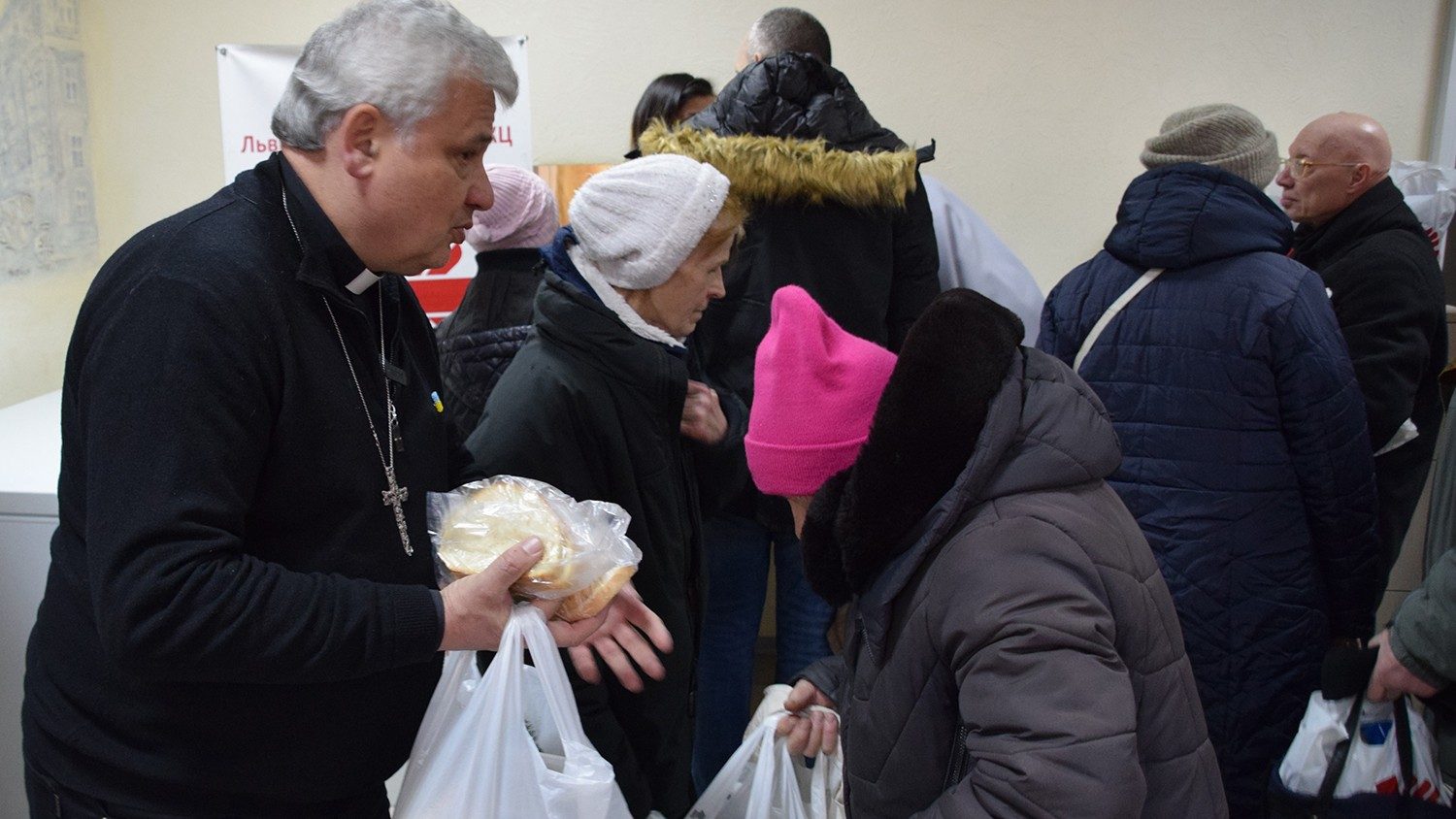“In December, the epidemic prevention and control policy was adjusted, and the replenishment effect of the automobile market appeared. As various consumption promotion policies are about to expire, it is a growth window for the automobile market in various places.” On December 23, the Joint Passenger Car Market Information Conference (called “According to the latest data released by the Passenger Federation), the overall discount rate of the passenger car market in mid-December was about 14.7% and the overall level of profit sharing was higher than the previous month (14.2%) and the terminal was rushing to deliver the cars by the end of the year.
According to the December retail target survey, manufacturers accounting for about 80% of the overall market increased slightly year-on-year. of about 2.2 million, an increase of 4.5% year on year, of which about 700,000 new energy retail sales, an increase of 47.4% year on year, with a penetration rate of about 31, 8%.
12Published the monthly question of the automotive market
Retail sales of passenger cars per se totaled 1.65 million in November, a year-over-year decline of 9.1% and a month-over-month decline of 10.4%, according to data released by the Passenger Federation. The orders accumulated in the first phase of the new energy market continued to be released before the end of the year-end subsidy. Monthly retail sales were 598,000, an increase year over year of 58.3% and month over year monthly increase of 7.8% The penetration rate reached 36.2%, a new high.
Since December, the epidemic prevention and control measures have been adjusted, and the automobile market has suppressed the rigid demand in the initial stage and quickly replenished. The daily averages of the first, second and third week of retail sales of major manufacturers they were -24%, 5% and 18% year over year, respectively. As the end of the year approaches, tax incentives for fuel vehicle purchases and new energy subsidy policies are about to expire, and the terminal maintains a brisk pace in vehicle delivery. The market is expected to continue the its growth trend in the third week in the fourth week.
“Considering the arrival of infection peaks in various places, consumer behavior is more cautious and collection activities and travel have decreased, the tail effect at the end of the year could be suppressed.” sales in the fifth week of December should be the same as last year. Retail sales in December are estimated to reach 2.2 million.
According to the Passenger Federation’s analysis, improving epidemic prevention policies will help stabilize consumer confidence and promote long-term consumption recovery. Previously suppressed consumer demand is expected to be released steadily. The auto market policy adjustment at the end of the year is imminent, and the strong stimulus policy of halving the fuel vehicle purchase tax has a significant driving effect. The steady improvement of fuel vehicles has formed a strong sales support at the end of the year. Under the impact of the epidemic in the short term, the attendance rate of terminal sales staff in the local automobile market and the passenger flow of the terminals entering the store will become important observation indicators for the popularity of the automobile market.
The withdrawal of the state subsidy pushes some users to buy in advance
It is worth mentioning that, judging from the estimated data in December, the demand in the new energy vehicle market is still relatively strong, and the withdrawal of new energy vehicle subsidies at the end of the year will still promote early purchase behavior of some new energy users.
In response to declining subsidies, several new energy companies subsequently introduced time-limited price protection measures. “The price increases announced by BYD and GAC E’an are all less than the subsidy quota that will be withdrawn at the end of the year, laying a good foundation for next year’s order picking,” the Passenger Federation said.
In addition to BYD and GAC Aian, other new energy automakers have recently announced price hikes. On December 22, Ruilan Automobile announced that due to the double impact of the imminent withdrawal of the new subsidy policy for energy vehicles and the continued sharp rise in global raw material prices, all electric vehicles (except Ruilan 9) will be released at 0:00 on January 1 next year. The price will be adjusted starting at 5,000-8,000 yuan, and the price adjustment of specific models will be notified separately. In addition, Changan Automobile announced that Changan Lumin is expected to raise its official guide price on January 1 next year. Among them, the price increase of the model with a range of 301 kilometers is as high as 6,000 yuan.
Cui Dongshu, general secretary of the Passenger Passenger Association, told reporters that while BYD has taken the lead in announcing price hikes, a small number of other new energy vehicle makers may follow suit. a wave of price hikes early next year, not big. Cui Dongshu believes it is unlikely that there will be a wave of large-scale price cuts at the end of this year. After the state subsidy is lifted, if automakers lower prices and then raise prices, they will be in a passive position, which is not conducive to sales development.
Disclaimer: The Securities Times strives to provide truthful and accurate information and the content mentioned in the article is for reference only and does not constitute substantial investment advice, so act at your own risk
Download the official APP “Securities Times” or follow the official WeChat public account, you can keep abreast of stock market trends, get insight into policy information, and seize wealth opportunities.

